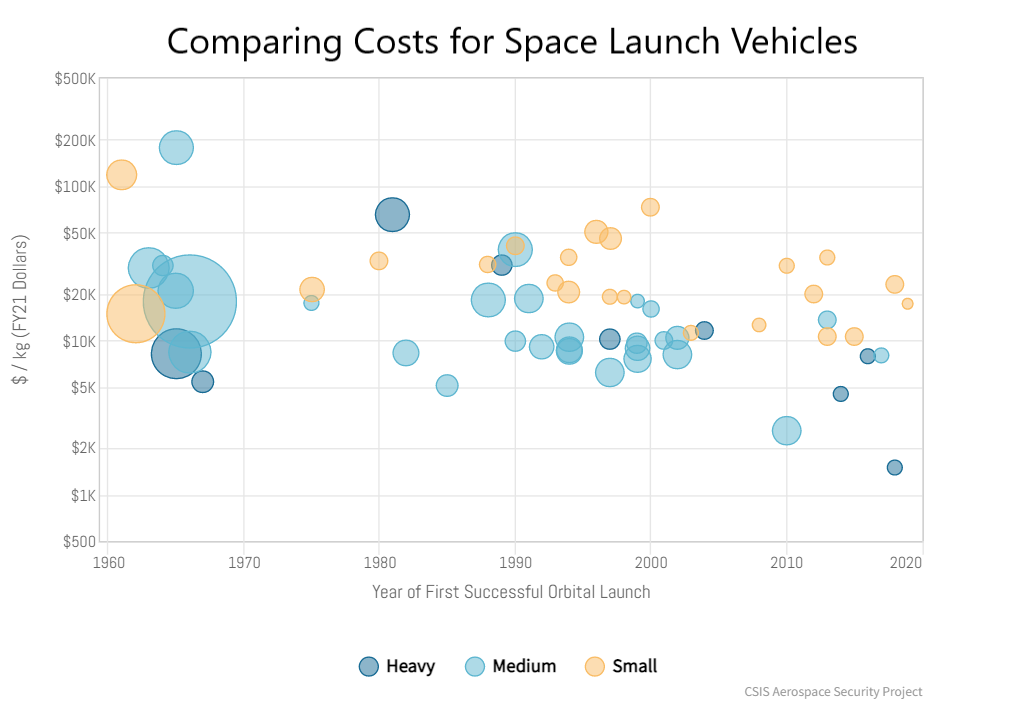In the world of financial instruments, the most common types of interest formulations offered are simple and compound; the former offers a monetary benefit based on the principal amount of the investment while the latter pays interest earned upon accumulated interest. In mathematical terms, compound-interest is a constant function with exponential and logarithmic properties.
The potential rate of return offered by compound interest financial instruments is often higher than those that offer simple interest, particularly when compounding is part of a long-term strategy that includes making frequent contributions to a fund or portfolio. The basic formula used to calculate compound interest is as follows:
A = P (1 + r/n)^(nt)

Although it is easier to use online compound interest calculators, all investors should be familiar with the formula because it can help you visualize investing goals and motivate you in terms of planning as well as execution. We start with A, which is your investment horizon or goal; in other words, the results of what you can achieve through the magic of compounding-
P is the principal balance of financial instruments, which can be certificates of deposit, bonds, savings accounts, and many others. The interest rate is defined by r; the n variable is the frequency of interest paid in a time period, and t is the number of time periods.
It is often said that Albert Einstein thought highly of the concept of compound interest strategies applied to savings and investing; there are a couple of quotes attributed to the famous physicist about compounding, but it is unlikely that he actually said them. What we know with certainty is that billionaire investor Warren Buffett has made compound interest the central aspect of his lifetime investing strategy, and it has truly worked wonders-
Summary:
- You started with an investment of:$ on
- Your principal amount grew to:$ by
- Your total payment were: $ over the term of
- Your total NET profit for the period was: $
Projection breakdown
Share your result
| Month | Date | Payment | Principal + Payments | Interest | Cumulative Interest | Balance |
|---|
Let’s take a look at a compound-interest example:
You find a five-year sovereign bond with a face value of $20,000 that pays 3.25% interest compounded at the annual rate. Here is how that bond will grow until maturity:
- First year: $20,650
- Second year: $21,321
- Third year: $22,014
- Fourth year: $22,730
- Final year of maturity: $23,468
With simple interest, the balance on that bond would have been $23,250 on the maturity date. While this may not seem like much, once we increase the variable of the years of the $20,000 compound interest investment, we would see a balance of $98,977 in 50 years compared to just $52,500 with simple interest.
Now that we have taken care of the math portion of compound interest, we can now get into the matter of investment philosophy and practical strategy. With compounding, you will want to:
- Invest as early as possible.
- Contribute as often as possible.
- Check for better rates of return.
- Hold on to your investment.
Compounding is a conservative and somewhat passive form of investing, but it really works because it combines discipline with a realistic view of what is known as the time value of money. With simple interest, you are barely staying above the rate of inflation; with compound interest, you are already ahead of the curve.



